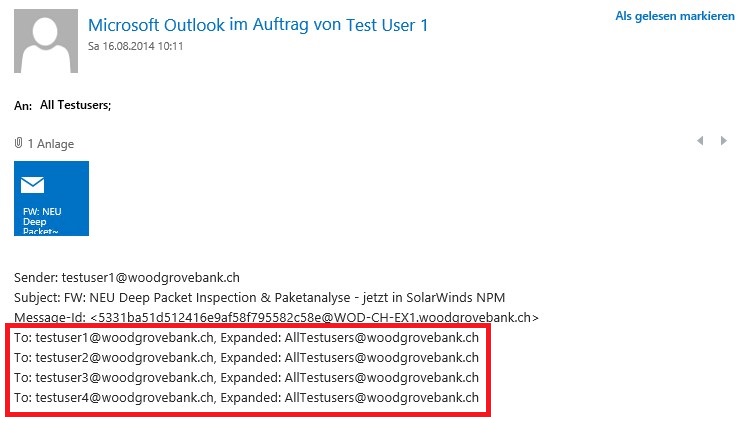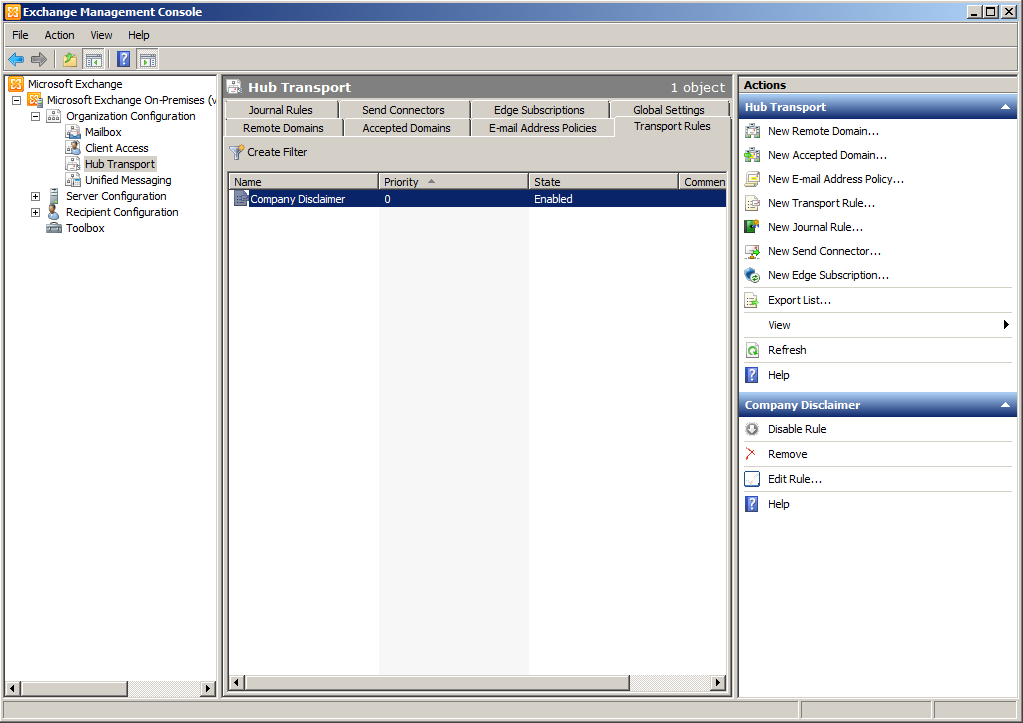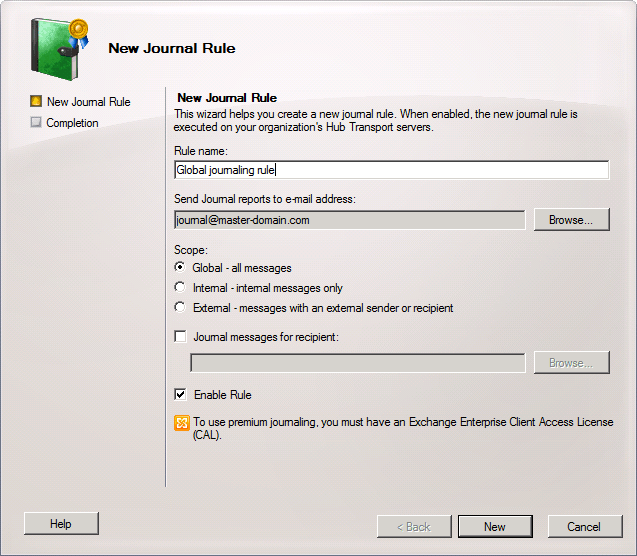
While an organization can continue to buy 3rd party products as well as do Journaling in Exchange 2010 (on-premise) and Office 365 (in the Cloud), an easier way of handling message retention and legal recovery (LMS-"collection") / e-Discovery can be used by making setting changes right in Exchange 2010 / Office 365. What Can be Done “In the Box” in Exchange 2010 and Office 365

EXCHANGE 2010 JOURNALING ARCHIVE
For the balance of this article, the reader can be assured that the Archive Mailbox is completely separate and not needed for the “in the box” message retention / discovery discussed in the balance of this article. The Archive Mailbox replaces PST files that users have used for years to backup or archive their messages, but instead of being scattered across filesystems, hard drives, USB drives, and other devices, archived mail can be kept in the user’s Archive Mailbox for quick and easy search and access. The Archive Mailbox feature in Exchange 2010 / Office 365 simply allows users (or the organization through rules) move messages out of their primary mailbox to the Archive box to keep the primary mailbox small, and the archive as large as the user requires. An Archive Mailbox creates a 2nd mailbox store for a user to move content from their Primary mailbox to the Archive mailbox to get it out of their Primary mailbox, but data retention (LMS-"preservation") can actually be done on Exchange 2010 (or Office 365) simply by extending the Deleted Item Retention period and enabling the Single Instance Recovery function of Exchange / Office 365. With the release of Exchange 2010 and the Archiving capabilities of Exchange 2010, some mistakenly believe they must create an “Archive Mailbox” for all users to preserve data, that is not true. Legal review of the Journal copy provided assurances that the copy has not been edited. With Exchange 2007, Microsoft included email “Journaling” that allowed a copy of any/all emails to be forwarded to a Journaling Server so that while a user’s mailbox content might have been tampered with, the Journaling Server mailbox would have a un-modified version of the content.

The 3rd party tools required a separate server, typically a special agent to be installed on all Exchange servers and clients, and a relatively high expense to manage, maintain, and support the archiving server and services. The old way of doing things was to buy a 3rd party archiving product like Symantec Enterprise Vault, Iron Mountain / Mimosa NearPoint for Exchange, EMC EmailXtender, Zantaz EAS, or the like. In the past with Exchange 2007, Exchange 2003, or earlier, it required specific technologies and practices to protect the messages from tampering. If someone opens a user’s mailbox, the messages in the Outlook client can be tampered (LMS-modified) and are NOT considered valid evidence (even if modified accidentally).

As an example, if the Human Resources department, Legal department, or outside Legal Counsel wants to gather information, it’s not good enough to just go into a user’s mailbox and extract information because the information in a mailbox is considered “fragile.” It is fragile because a user can easily “delete” a key message or the user can even go in using the Microsoft Outlook client and EDIT a message.
EXCHANGE 2010 JOURNALING HOW TO
This document clarifies what’s included “in the box” in Exchange 2010 and Office 365, and goes through the step by step procedures for setting up what is necessary to retain content and detailed procedures on how to query and look up information.īasic BackgroundTo be able to retrieve information for legal or official purposes, information must be properly retained (lawyers may say-LMS-"preserved) so that the integrity of the information retrieved is valid (lawyers will request an "audit trail" to "verify" and "authenticate" the information by showing the "chain of custody" and who, and how, it was "preserved" and "collected"). The topic has come up many times recently on how organizations can leverage Microsoft Exchange 2010 (on-premise) or Microsoft Office 365 (in the cloud) to retain messages, legally hold and recover messages, and successfully perform eDiscovery tasks as required by legal counsel, by law, and/or as needed.


 0 kommentar(er)
0 kommentar(er)
